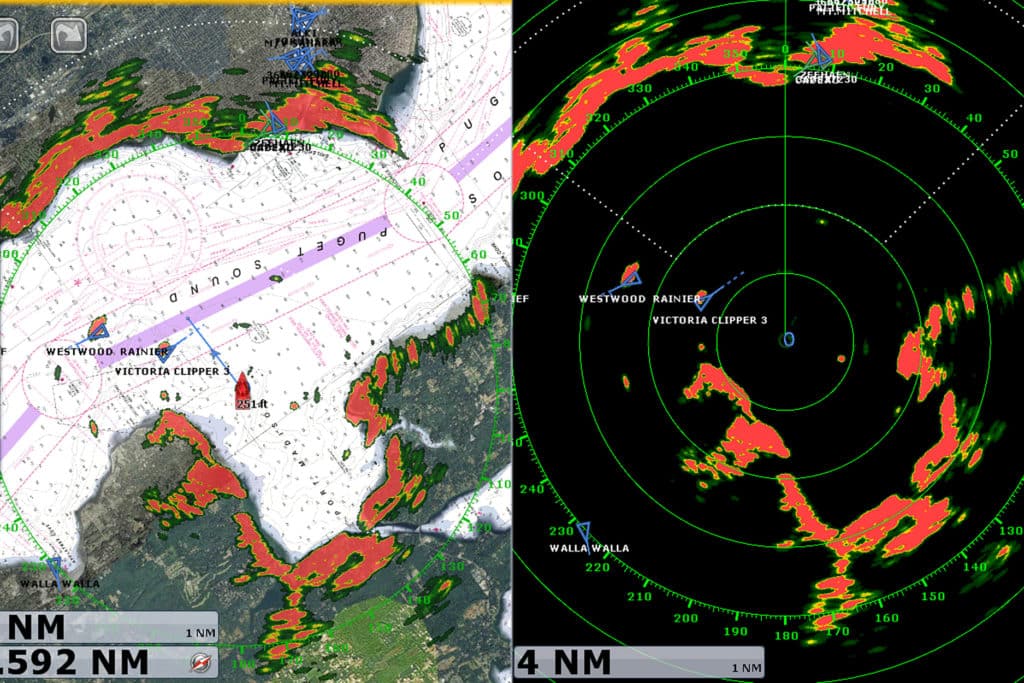
We decided to buddy boat offshore in pursuit of yellowfin tuna. My boat, Split Decision, and Overkill, captained by Steve Bowcott, would work cooperatively, each scouting widely separated waters, steadily expanding our coverage in the hopes that at least one of us would find a concentration of fish. Then the other boat would join the action.
Good plan, but there was a problem. With no cellphone coverage offshore, VHF radio stood as the only way to communicate. Yet we didn’t want to broadcast the location of any discoveries over public airwaves.
A solution came in the form of AIS (Automatic Identification System), which allows each boat to track the other. Not only would we maintain adequate separation during our search for fish, we could quickly converge if one of us found tuna. So after agreeing on a VHF channel and code word, we put the inlet astern.
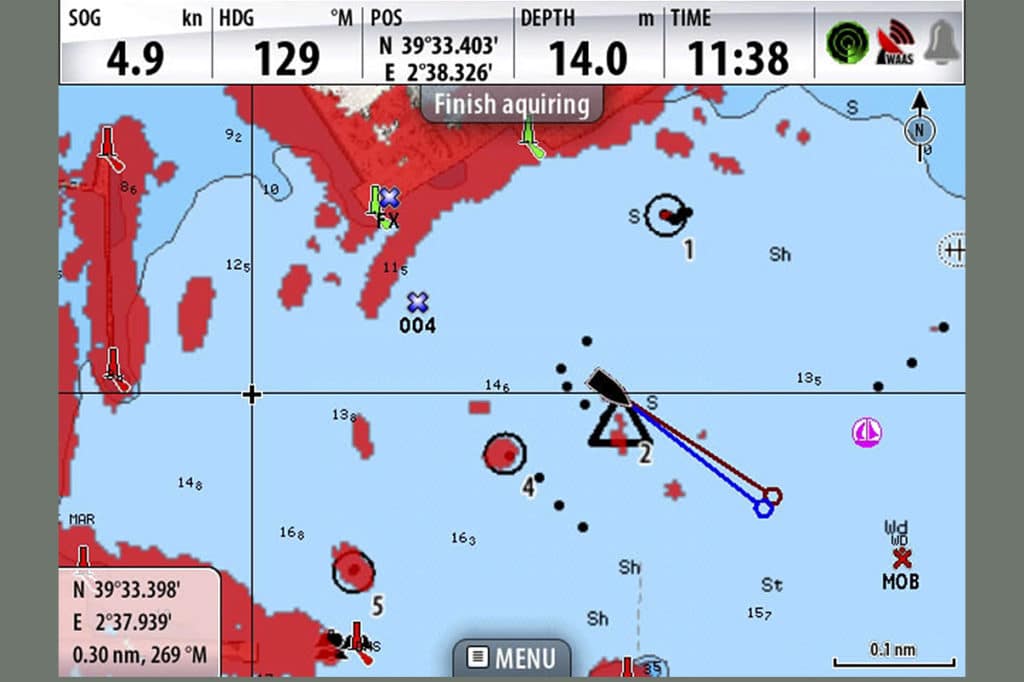
About two hours after daylight, Bowcott’s voice crackled over the VHF with the code word, “Geronimo!” That was all we needed to hear. My crew scurried to reel in the trolling lines as I drew a bead on Overkill’s triangular AIS symbol on the integrated chart-plotter display.
Within 30 minutes, we had closed on its position. We could see tuna boiling off the transom and anglers battling fish. We slid in close, cast live bait, and soon, we were hooked up, too.
This is just one, but not the only, way that anglers capitalize on AIS, the VHF-based system that broadcasts the identity, position, speed and heading of your vessel, and receives the same information from other AIS-equipped boats.
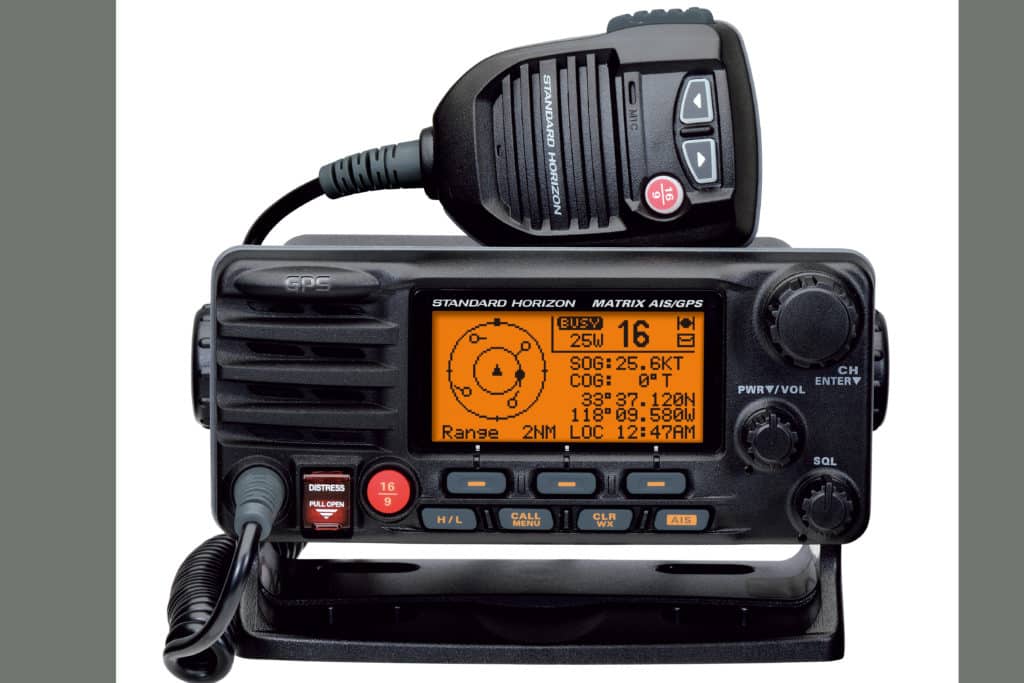
Find an Ally
AIS also helped me find a friend and gain valuable fishing intel a few months ago. We happened along a fleet of fishing boats, but because no one was hooked up, we weren’t sure what they were targeting. I found a few AIS symbols on the plotter and recognized one as belonging to a boat owned by a longtime friend. I dialed him up on the mobile phone and got the details.
He said that schools of kingfish had been sweeping through the area in the late morning over the past few days, and the fleet was playing the waiting game, anticipating that the pattern would repeat itself in an hour or two. So we waited it out and were rewarded with a flurry of hookups, right on schedule.
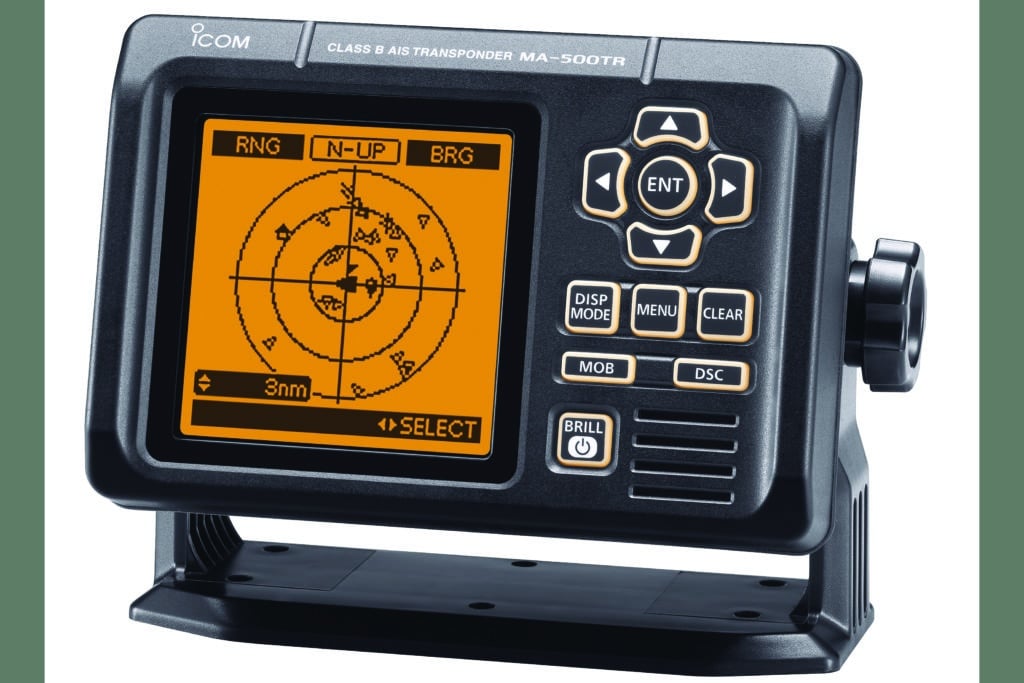
Track Boats
Monitoring the status of AIS symbols also tells you if another boat has hooked up even when you can’t eyeball it. For example, AIS reception may indicate that another boat — let’s call it Strike Zone — 6 miles away, has been moving on a northeast heading at 7 knots for an hour, but then it suddenly stops for a period of time. It resumes moving at 7 knots on a southwest heading for a while, and then it stops again.
This is a pretty clear indication that Strike Zone is trolling and has found fish. The stops are likely hookups, and the fact that it reversed course indicates that the boat is working back through the productive zone. Moving toward Strike Zone’s AIS symbol might pay off in hookups for your boat as well.
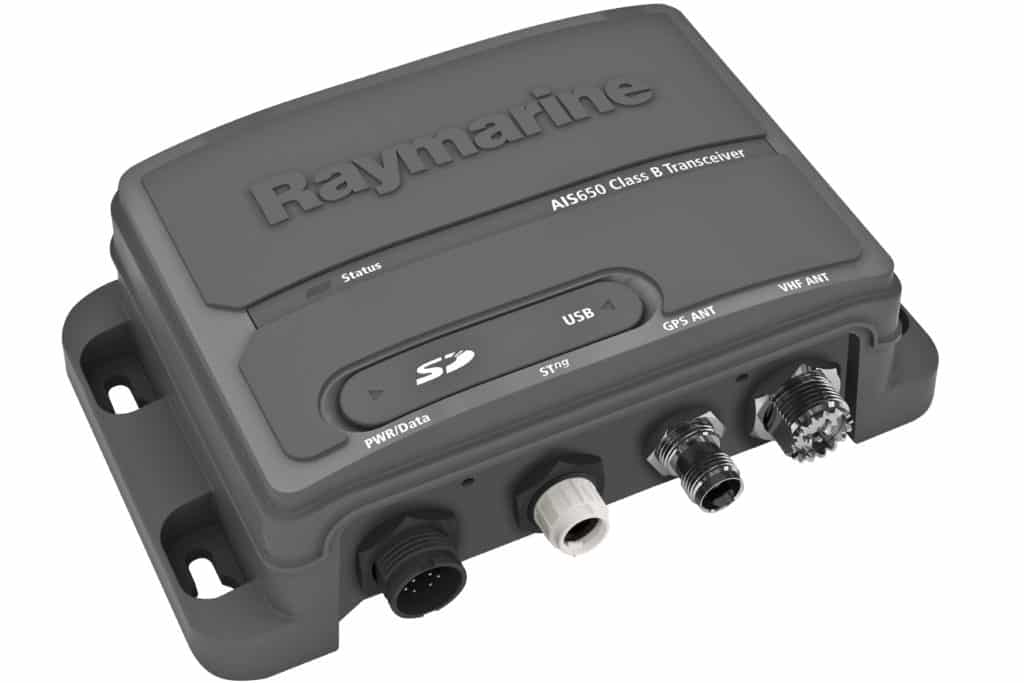
Night Safety
AIS is designed to improve navigational safety, particularly applicable when drift-fishing at night for species such as swordfish or sharks, especially in commercial shipping lanes. AIS alerts you to the proximity of other vessels with both audible and visual alarms.
This makes AIS a great addition to radar at night, particularly as anglers are likely to try and catch some sleep while waiting for a bite. Also, as AIS transmits, it alerts nearby commercial traffic to your presence and location. Ultimately, AIS not only enhances safety — in daylight or after dark — it also helps you zero in on fish and improve your score.









